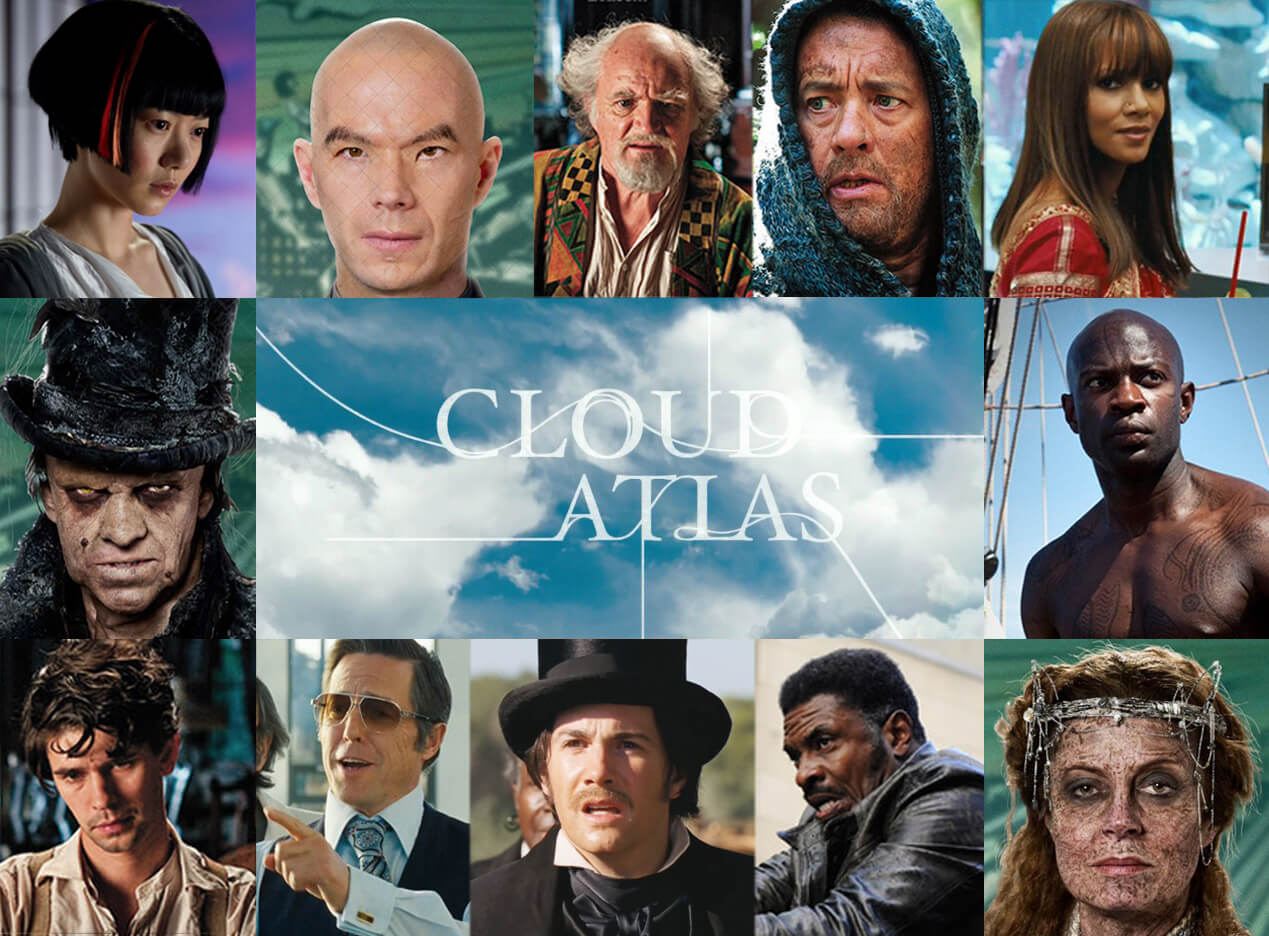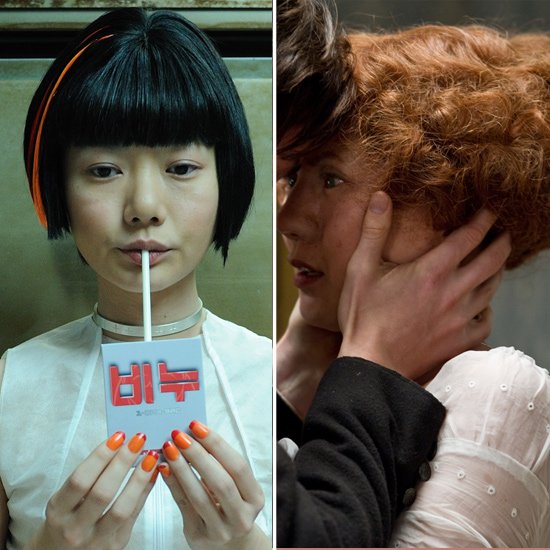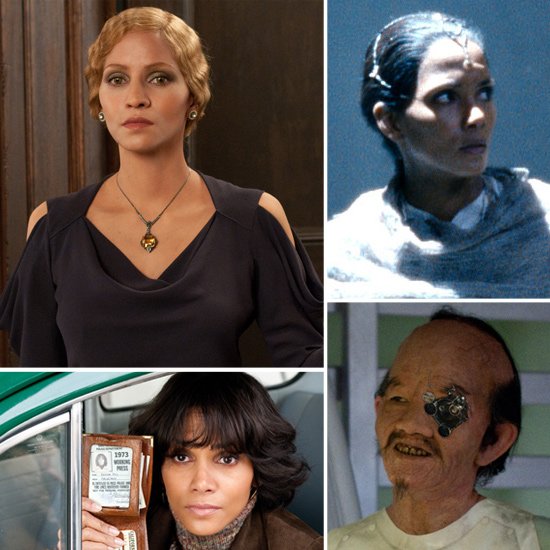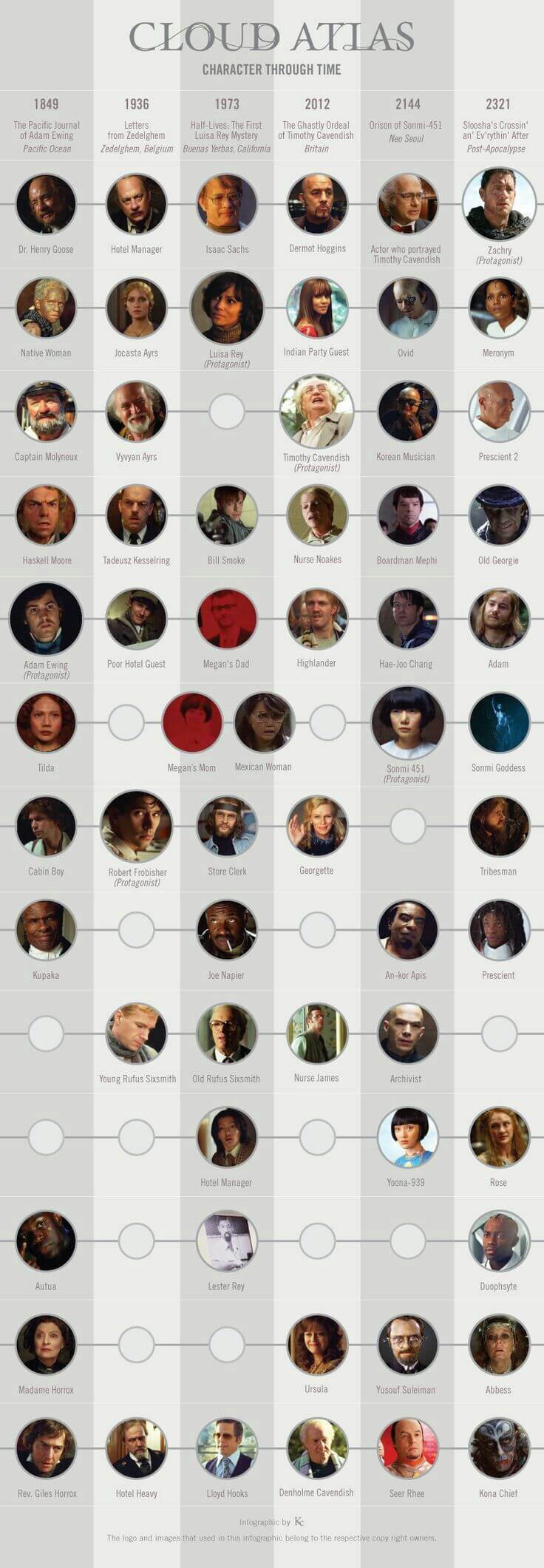
“What is an ocean but a multitude of drops?” is the question posed by the character of Adam Ewing in the 2012 science fiction drama Cloud Atlas. The film keeps this sentiment in mind as its elaborate plot unfolds, connecting various people across different centuries through similar circumstances. Even though the narrative in Cloud Atlas spans across six separate timelines (a voyage from the Chatham Islands in the 1800s, 1930s Edinburgh, 1973 San Francisco, 2012 London, a dystopian Seoul, Korea, in 2144, and a tribe in 2311 following the fall of modern civilization), it forms a singular thread of coherency with the actions of each protagonist and how the decisions they make ultimately form a ripple effect in the larger scheme of their universal existence. In reference to Ewing’s quote, just like the small water drops that form a vast ocean, the people within the story merge into a collective sphere of being, regardless of the years and locations that separate them. Cloud Atlas establishes its cosmic theme of universal unity through the use of synchronized editing, detailed special effects makeup, and intertwining plot lines.
Initially, the editing techniques implemented in the film are utilized to demonstrate the parallel nature of the characters’ circumstances, even if they do not exist in the same timeframe. An example of this occurs when the characters of human clone Sonmi-451 and rebel Commander Hae-Joo Chang try to escape from their hiding place when the authorities find them. Chang leads Sonmi-451 out onto a narrow walkway from their room on a tall building to evade their blasts. As she struggles to balance with Chang leading the way, the scene cuts to a similar situation in 1849 when a slave named Autua runs across a ship’s beam to prepare it for sailing, unbeknownst to the fact that one of the crew members is trying to shoot him with a gun. The synchronicity of the editing emphasizes the similar nature of both scenes and caters to the idea of a serendipitous universal connection. Another instance of effective editing takes place by juxtaposing two different climactic battles: a shootout between nuclear plant head of security Joe Napier and a hitman trying to take down journalist Luisa Rey in 1973 San Francisco, and a brawl between the slave Autua and a malevolent doctor in 1849. One particular shot shows a close up of Napier’s hand seizing his gun in preparation to defend himself against the hitman he is pursuing, and then the scene quickly transitions to the fight between Autua and Dr. Goose. The visual of Napier reaching for his gun is contrasted by a shot of Dr. Goose reaching for a vile of poison which he has been using to slowly kill Adam Ewing. This style choice of editing mirrors the conflicting intentions of the two characters across different spans of time—with one having the intention to protect, and the other with the intent to harm. This synchronization of clips creates an added dimension to each individual story.

Furthermore, the special effects makeup used in Cloud Atlas enforces the theme of shared human experience as each actor portrays different characters within the six story-lines, sometimes being depicted as the opposite gender or an alternative ethnicity. Actress Doona Bae, for example, plays Adam Ewing’s red-haired, Caucasian wife in one timeline, a Hispanic factory worker in the 1973 story, and a Korean clone in 2144. Through this cosmetic transformation, the same actor remains embedded within these different identities, while also representing a reincarnation of their former selves.

Similarly, actress Halle Berry portrays a native Pacific Island woman in 1849, the blonde European wife of a famous composer in 1936, African American journalist Luisa Rey in 1973, an Indian party guest in 2012, a Korean male in 2144, and an advanced member of the Prescient tribe in 2321. The act of symbolically changing their outward appearances but remaining the same actor shows the survival of the human spirit and how one singular life may not end throughout space and time.
To conclude, the interconnected plot lines in Cloud Atlas weave a universal fabric of collective experience. Although most of the ensemble of characters in the film are not related by blood or exist in the same time-frame as each other, they are related in a sense, as evidenced by a comet-shaped birthmark that they all possess in various locations on their bodies. The narrative also rekindles the missed opportunities of former characters and redeems them during their second lives in other instances. One example involves the death of Commander Hae-Joo Chang and the way Sonmi-451 describes her concept of Heaven: opening a door and seeing him standing there waiting for her. While it is never shown if Chang and Sonmi-451 reunited this way, the next scene cuts to Adam Ewing opening the door as he returns home from his journey to see his wife. This is an especially significant parallel since the same actors portray the two couples, suggesting that their spirits were interconnected and even though they were not meant to be in one reality, they still prospered during another lifetime. This redemptive revelation is also present in Tom Hanks’ character arcs. The earliest identity he portrays is a corrupt doctor bent on killing Adam Ewing for his wealth, and he dies at the hands of the very man he pretended to care for and help. Contrastingly, in the very distant future, Hanks plays the character of Zachry who feels guilt over not defending his brother-in-law and leaving him to die at the hands of a cannibalistic tribe. However, he is redeemed as he later kills the leader of that very same tribe and finds a new prosperous home for his future generations of grandchildren.
As intricate and mysterious as the galaxies unseen by the eyes of Man, Cloud Atlas reinforces its cosmic message of human connection through the implementation of different cinematic techniques. The complex editing draws similarities between timelines so the parallels remain more accessible to the audience. Elaborate special effects makeup allows for the actors to play a variety of different ethnicities and genders while punctuating the point of retaining the same reincarnating spirit. The enigmatic dimension of the film’s narrative also provides a means of establishing connections to events and characters through the eras. Further analysis of Cloud Atlas could involve a religious aspect, as the story alludes to the notion of past lives and reincarnation to drive home an existential meaning. Whether humans truly live for a singular self or linger in a universal cycle of alternate possibilities, Cloud Atlas seeks to collect the fragmented pieces of a questioning conscience and make it whole again.
